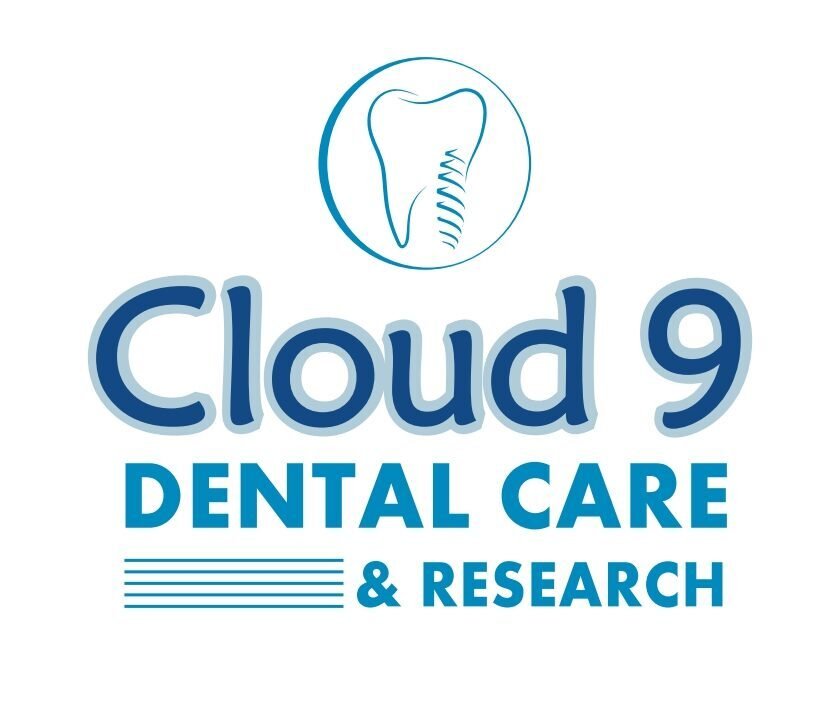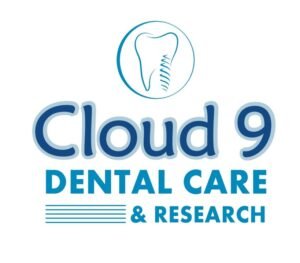Teeth Alignment
Will aligners/Invisalign work on my teeth?


Invisalign treatment offers an alternative to conventional orthodontic braces by employing a series of transparent trays tailored to your mouth using advanced computer software. This method is designed to gradually align your teeth. Particularly advantageous for individuals with dynamic social lives, such as students or professionals, Invisalign stands out as the least noticeable and arguably the most convenient orthodontic treatment available. For those with minimal teeth misalignment, Invisalign tends to be highly effective. Schedule a consultation with Cloud9 Dental Care today to determine if this treatment option is suitable for you.
What is the procedure followed for aligner treatment?
After discussing your treatment expectations with the orthodontist, a thorough clinical evaluation will be conducted. This assessment involves utilizing X-rays, photographs, and dental scans to evaluate the position of your teeth and jaw. The computer screen will display the anticipated progress of your teeth movement. If you are content with the projected final appearance, the orthodontist will approve the treatment, and the aligners will be delivered to you within one month by the orthodontic team at Cloud9 Dental Care.
Causes :
There are various factors that can contribute to misaligned teeth, leading to the need for orthodontic treatment. Some common causes of teeth misalignment include:
- Genetics
- Malocclusion
- Early Childhood Habits
- Premature Loss of Baby Teeth
- Poor Oral Habits
- Crowding
- Injuries or Trauma
- Tongue Thrusting
- Pacifier Use Beyond Age 3
- Orthodontic Issues
How do I maintain the aligners? What is oral hygiene specifications I need to follow when wearing aligners?
Maintaining proper oral hygiene while wearing aligners is crucial for the success of your orthodontic treatment. Here are some guidelines:
Remove Before Eating:
- Always remove your aligners before eating or drinking anything other than water to prevent staining and damage.
- Brush and floss your teeth before putting the aligners back in.
Clean Aligners Regularly:
- Clean your aligners daily using a soft toothbrush and clear, anti-bacterial soap.
- Avoid using toothpaste, as it may be abrasive and can cause scratches on the aligners.
Rinse After Removal:
- Rinse your aligners with water each time you remove them to prevent dry saliva and plaque buildup.
Brush Teeth Before Reinserting:
- Brush your teeth thoroughly before putting the aligners back in your mouth to maintain good oral hygiene.
Use Aligner Cleaning Crystals:
- Consider using aligner cleaning crystals or specialized cleaning solutions recommended by your orthodontist to keep aligners fresh.
Avoid Hot Water:
- Avoid using hot water to clean or soak your aligners, as it can warp the plastic. Use lukewarm water instead.
Store Properly:
- When not in use, store your aligners in their case to prevent loss or damage.
Regular Dental Check-ups:
- Attend regular dental check-ups as recommended by your orthodontist for professional cleaning and assessment of your oral health.
Handle with Clean Hands:
- Always handle your aligners with clean hands to prevent transferring bacteria to your mouth.
Maintain Regular Oral Hygiene:
- Follow a consistent oral hygiene routine, including regular brushing, flossing, and using an antiseptic mouthwash to keep your teeth and gums healthy.
Stay Hydrated:
- Drink plenty of water to stay hydrated, which can also help prevent dry mouth and maintain overall oral health.


Can I eat wearing aligners? Are there any dietary restrictions?
No, it is not advisable to eat while wearing aligners. Remove them before consuming any food or drink, except water, to prevent staining, damage, and maintain proper oral hygiene. Adhering to this guideline ensures the effectiveness of the aligners during your orthodontic treatment.
Are aligners very expensive?
The cost of aligners varies based on factors such as the complexity of your case, the duration of treatment, and the provider. Generally, aligners like Invisalign can be comparable in cost to traditional braces. It’s essential to consult with an orthodontist to get a personalized estimate based on your specific needs. Additionally, some dental insurance plans may cover a portion of the cost.


